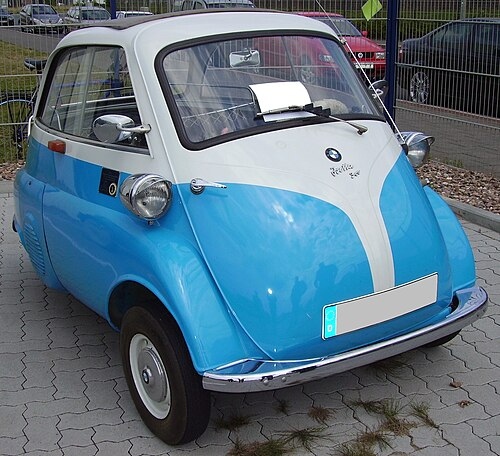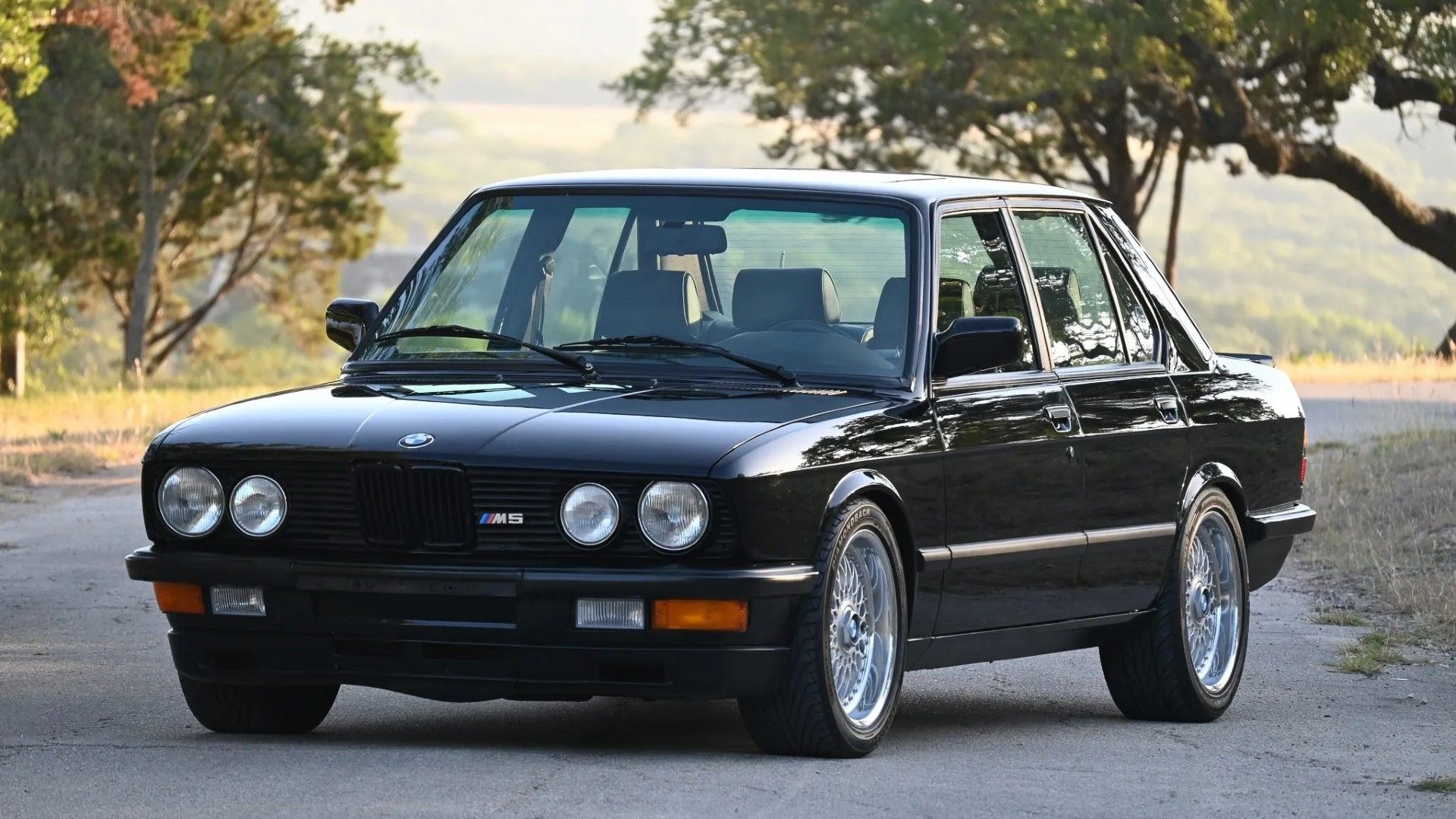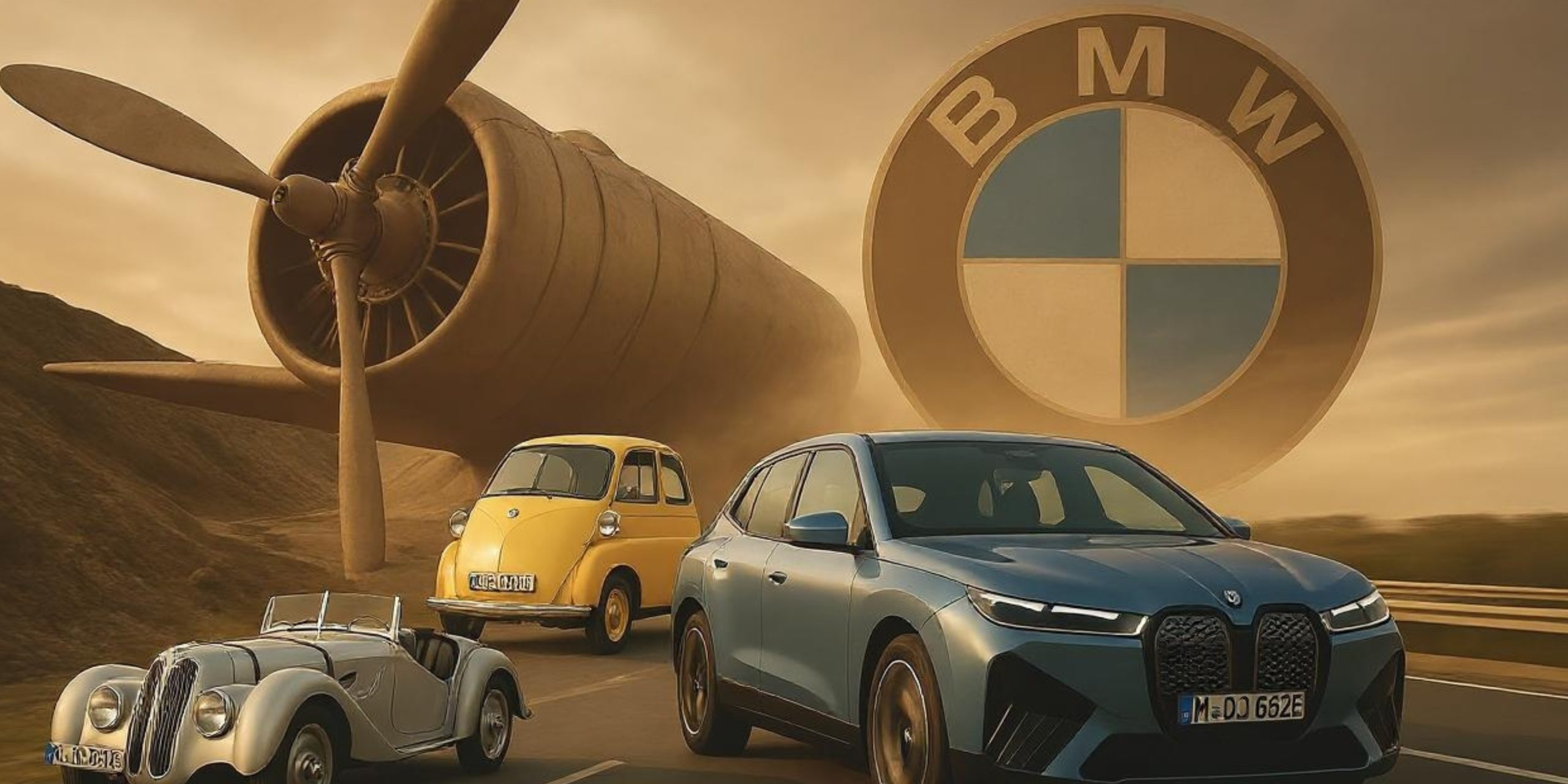A Humble Beginning in the Skies (1916-1920s)
The story of BMW starts not on the road, but in the air. In 1916, two companies-Rapp Motorenwerke and Gustav Otto’s aircraft engine business-merged to form Bayerische Flugzeugwerke AG. Just a few years later, in 1917, the name we now recognize was officially adopted: Bayerische Motoren Werke GmbH, or BMW.
BMW’s first major products weren’t cars-they were aircraft engines. During World War I, their powerful inline-six engine, the BMW IIIa, gained attention for its high-altitude performance. The company’s logo, often mistaken as a spinning propeller, was actually inspired by the Bavarian flag – a nod to the brand’s origins in southern Germany.

Struggling to Survive Post-War (1920s)
After WWI, the Treaty of Versailles banned Germany from producing aircraft engines. BMW was forced to pivot. The company began manufacturing brake systems, motorcycles, and small engines for household items like farm equipment and tools. It was a time of uncertainty, but it laid the groundwork for diversification.
In 1923, BMW launched its first motorcycle, the R32, featuring a unique flat-twin boxer engine. It set a blueprint for BMW’s motorcycle division that continues today.
Entering the Automotive Era (1930s)
BMW entered the automotive world in 1928 by acquiring a small car company called Dixi, which had licensed the British Austin 7. BMW rebranded the car as the BMW 3/15. It marked the beginning of BMW’s long-term automotive journey.
By the 1930s, BMW was developing its vehicles-sleeker, more performance-focused sedans and coupes. The BMW 328, launched in 1936, became an iconic pre-war sports car and set BMW on a path toward performance engineering.

War Again and a Hard Reset (1940s-1950s)
World War II brought a return to aircraft engine production, but with darker implications. BMW’s factories were used for the Nazi war machine, and the brand-like much of German industry-emerged from WWII in ruins. Its plants were bombed, assets seized, and for years, car production ceased altogether.
In the post-war years, BMW resumed making household items, then motorcycles, and eventually cars. But its first post-war sedan, the BMW 501, was a slow seller. The company was on the brink of collapse.
The Bubble Car That Saved BMW (1950s)

Ironically, what saved BMW wasn’t a luxury sedan or a high-performance coupe. It was a tiny microcar-the BMW Isetta. A license-built version of an Italian design, the Isetta was quirky, fuel-efficient, and perfect for post-war Europe. It became a massive success and bought BMW time to rebuild.
The Neue Klasse and a New Identity (1960s)
The real turning point came in 1962 with the launch of the Neue Klasse (New Class) sedans. These cars featured modern styling, advanced engineering, and the now-famous kidney grilles. More importantly, they defined the BMW formula: sportiness + luxury + precision.
The Neue Klasse led to the birth of the BMW 3 Series, 5 Series, and 7 Series-cornerstones of BMW’s lineup even today.
Explore all Pre-Owned Luxury Cars
The Rise of the Ultimate Driving Machine (1970s-1980s)
BMW adopted the now-famous slogan-“The Ultimate Driving Machine”-in the 1970s. It perfectly encapsulated their brand ethos. The cars became known for tight handling, inline-six engines, and driver-centric design.
In 1972, BMW founded BMW M GmbH, its motorsport division. Cars like the M1 supercar and the first M3 (E30) became legends.
The company expanded globally, including the U.S. market, where the 3 Series and 5 Series found massive success.

Tech, Design, and Expansion (1990s-2000s)
The 1990s brought refinement. The E39 5 Series, E38 7 Series, and Z3 Roadster represented peak BMW craftsmanship. In 1994, BMW bought the Rover Group, though it struggled with the British brands and later sold most of them, retaining MINI, which it successfully reinvented.
By the 2000s, BMW had become a dominant luxury brand worldwide. Models like the X5 (its first SUV) and the iDrive infotainment system showed BMW’s willingness to innovate, even controversially.
Embracing Electric and a Sustainable Future (2010s-Present)
In 2013, BMW launched the i3, a futuristic electric city car, and the i8, a hybrid sports car. These weren’t just experiments-they were signals of BMW’s commitment to a sustainable future.
Today, the BMW i4, iX, i7, and more represent the brand’s next chapter in electric mobility. At the same time, classic models like the 3 Series, M5, and X Series SUVs continue to evolve.

BMW’s focus now is on “Sheer Driving Pleasure” across all formats-petrol, diesel, hybrid, and electric.
From Propellers to Premium: The Legacy of BMW
BMW’s journey is a story of reinvention, surviving wars, economic crises, and shifting technologies to become a brand synonymous with excellence.
From aircraft engines to luxury icons, BMW’s history is not just about machines; it’s about vision, resilience, and the relentless pursuit of driving perfection.


